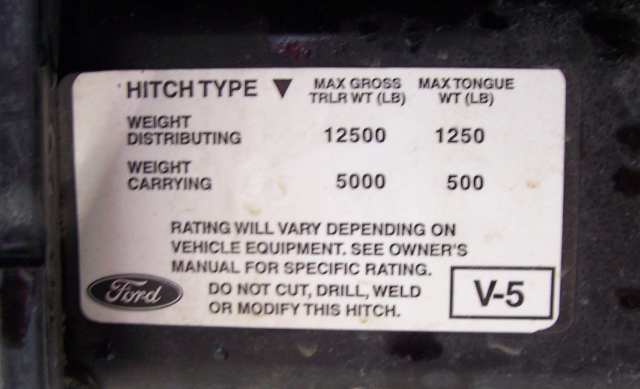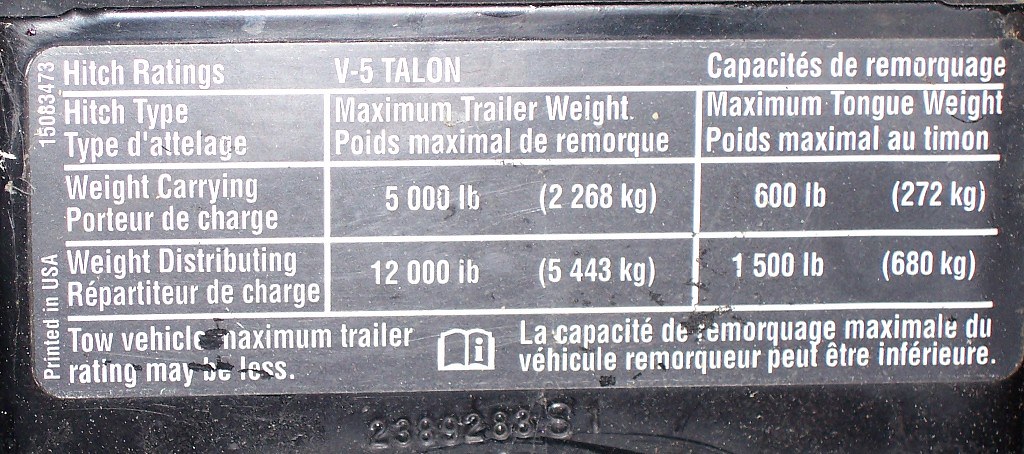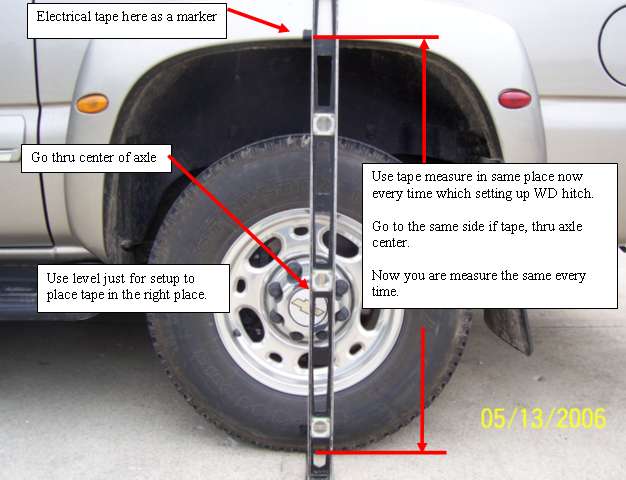Look at the sticker on the truck receiver. There are 2 ratings. Weight Carrying and Weight Distributing.
Here is a Ford sticker off my F350 before I upgraded it

Here is one off my prior 2003 K2500 Suburban

Part of the need to run without weight distribution is that the truck receiver is not accidently overloaded in weight carrying mode. If you have a 750# weight carrying ball mount, that component can be OK. But the receiver needs to align with the actual scaled loaded camper tongue weight. Some of the newer trucks have a higher ratings, but you need to check.
Your thoughts about rear axle slippage are valid. A question first is, how exactly is your WD hitch setup? Maybe you are overdoing it or under doing it? Have you done a complete set of fender heights? or better scaled weights? if so post and we can see if there is an issue or not.
For the fender heights method,
Find a hard surface ideally level spot but at least straight area to cover truck and camper. The camper and the truck bed need to be loaded with fuel and camping gear ready to go camping. Get these fender heights from all 4 wheel wells.
Measure straight up through the center of the wheel. Like this

Get these numbers:
1. Truck by itself, unhitched.
2. Truck and camper hitched, but no WD bars tensioned or on. (Weight carrying)
3. Truck and camper hitched and the WD tensioned as you go camping (weight distribution mode)
4. While your at it, get the trailer ball heights for item 2 and 3 above along with the camper level by itself.
Level the camper unhooked (ball height): Measure ground up to top of ball coupler or easier, top of frame behind the coupler. This gives you a point of reference to go back to all the time. Item 2 and 3 will be compared to the camper level height to determine nose up, towing level or nose down towing and by how much.
If you have these numbers, we can try and help you see where the WD settings are in the truck. This can give some insight to your rear axle slip issues. The new GM pickups now are stating to adjust the WD hitch to run close to 50% front axle load restoration. Meaning you only return about half the weight back to the front end that the trailer tongue lifted off. The fender height numbers above can help tell how close or not you are to that.
While your at it, have you ever weighed the camper loaded tongue weight?
Hope this helps and glad to help more as needed.
John
























 Linear Mode
Linear Mode




